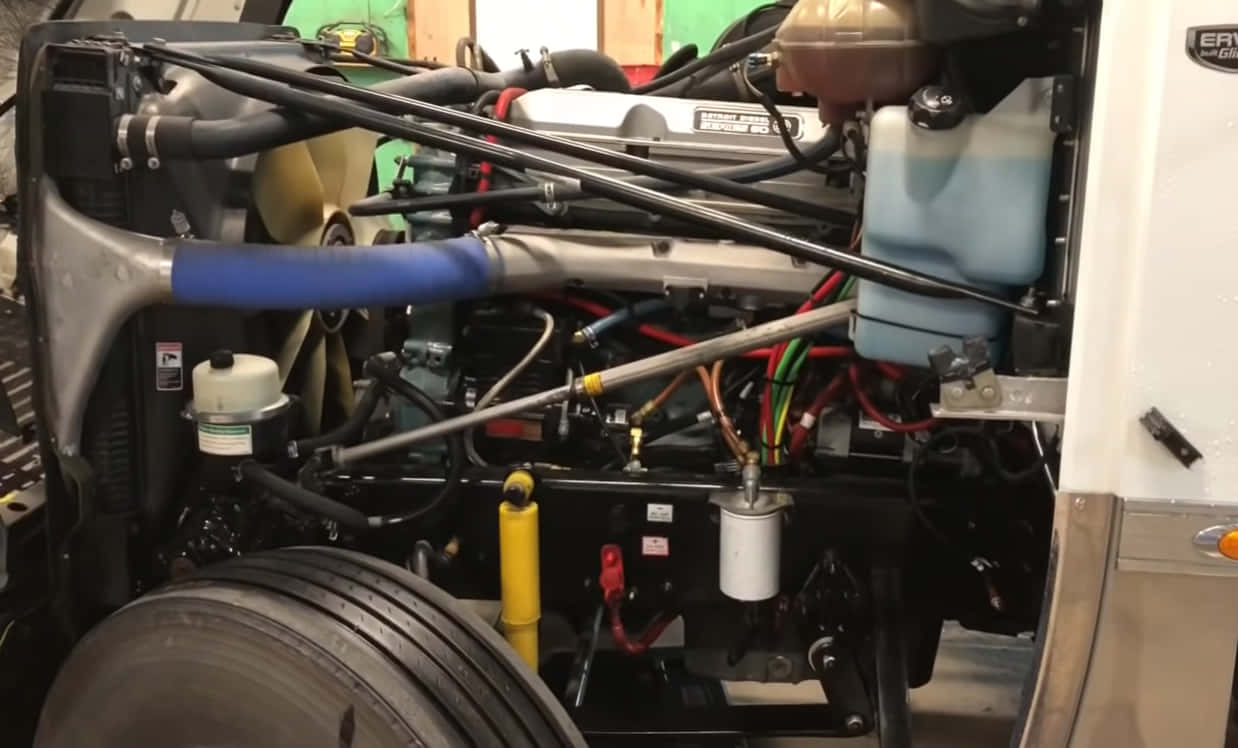For folks who are looking to find out how to bypass EGR valve on 60 series Detroit, you have come to the right place.
Doing an upgrade on your vehicle’s performance is a tricky, yet rewarding thing to do. But then again, you need to make sure to get it right to prevent serious problems over time.
Today, we’ll talk about the benefits of an EGR delete, the basics you should know, and other important tips to help you get started.

Contents
How To Bypass EGR Valve On 60 Series Detroit – The Basics
First of all, let’s talk about the EGR. Primarily, this refers to the exhaust gas recirculation. This technique is used in your exhaust system, so you can minimize nitrous oxide emissions. What it means is that engine exhaust is recirculated through engine cylinders.
While it may seem well and good to get this done, there are some drawbacks involved. For instance, it can lead to clogging issues in the intake systems. When there is an excess in the amount of soot, it slows down engine performance while at the same time requiring expensive repairs in the long run.
Thus, this technique is not something you should attempt to do without professional experience or knowledge. Otherwise, you run the risk of causing serious problems to your engine.
But when done correctly, this can minimize air pollution. This is why you need to perform an EGR delete correctly and as flawlessly as possible.
Now, let’s move on to doing a bypass of the EGR valve.
First, you need to shut the EGR off. This way, it will not detect any altitude range. Then you need to put it into boost mode, as explained in the technician’s manual of your 60 Series.
There are a few things you need to use such as two 10K ohm 1/2 watt 5 percent carbon film resistors. You should be able to find this easily at your local auto supply shop.
Then, cut off the barometric pressure sensor. You can find the pink wire in the middle while the other 2 wires are in the outer portion. Cut two wires and solder a resistor to each wire.
Next, add one more wire to attach the two resistors together on one end. Solder them all together where you have your two wires initially soldered and joined together.
Connect these wires to the outside wires of your barometric pressure sensor. Then, the remaining wire that has two resistors ported into will go to the pink wire. Using heat shrink connectors and heat shrink tubing helps to do the job.
EGR Delete
When you do an EGR delete, you also remove the vehicle’s EGR valve. Hence, exhaust no longer redirects to the engine. As you bypass the EGR valve, the vehicle is able to function as though it never had this component at all.
Once you have installed the EGR delete kit, your engine will perform better and faster. After all, the valves limit the engine’s efficiency and performance. Hence, fuel efficiency is increased, as well.
At this point, your engine works at a more efficient manner as it delivers a similar level of power while burning minimal fuel along the way. It also positively impacts your engine’s lifespan by prolonging it. But at the same time, deposits of soot in your engine puts stress on the system and hastens the wear and tear process.
With this thing in mine, you need to invest in an EGR delete kit and install it correctly. By doing so, you can improve the performance of your vehicle.
Read More: How To Remove Yellow Stains From White Car Paint In Simple Steps
Bypassing EGR Valve In Your Engine
The EGR serves an important function as it recirculates some of the exhaust emissions into your engine. But while it has this key purpose, there are also some problems that may arise.
In addition to clogging up the engine, it may lead to a reduced efficiency in performance. Hence, the fuel economy drops down while leading to potential engine failure.
Because of these probable issues, there are many reasons why fleet managers and owner operators decide to delete the EGR completely.
Once you have bypassed the EGR valve, you can improve the engine’s fuel economy. The engine will no longer have to get clogged up by carbon deposits, which means it will perform better.
Moreover, eliminating the vehicle’s EGR helps to prevent unexpected downtime due to premature maintenance.
Your engine runs cooler, cleaner, and more efficiently. This positively impacts not only the engine but also your bottom line as a fleet operator or owner.